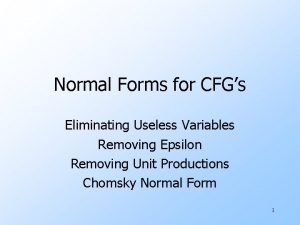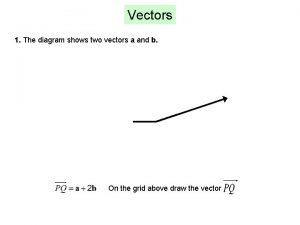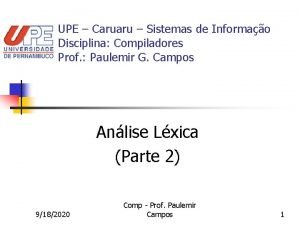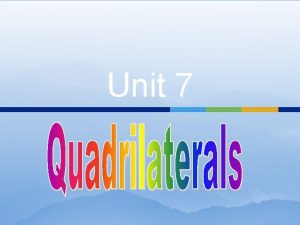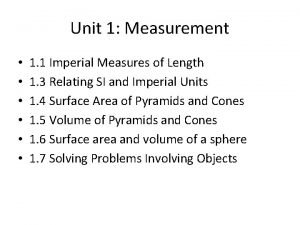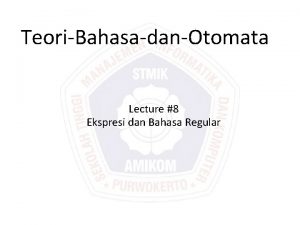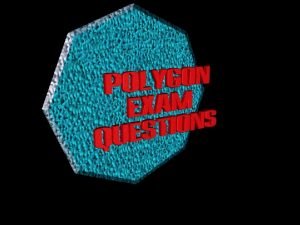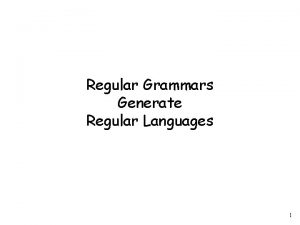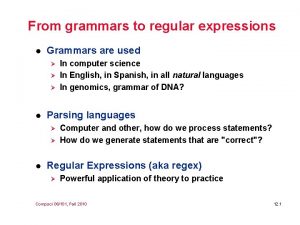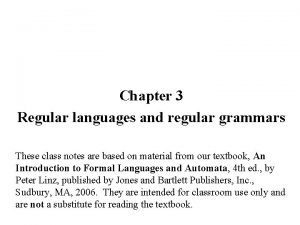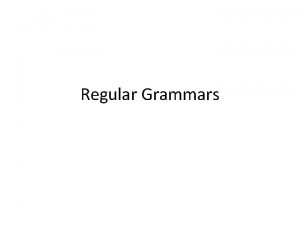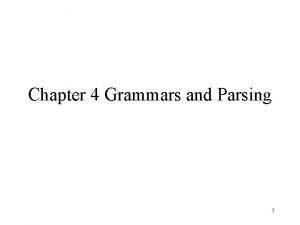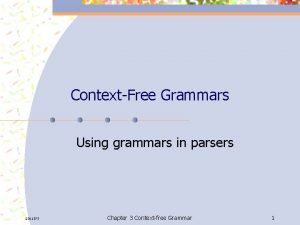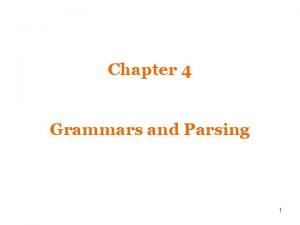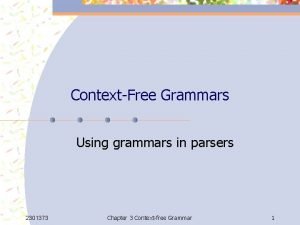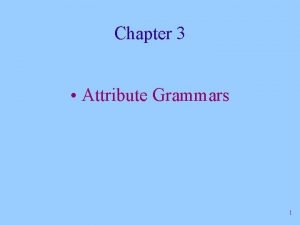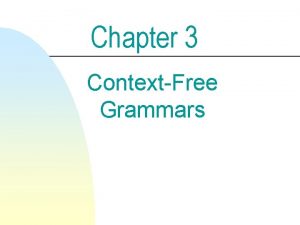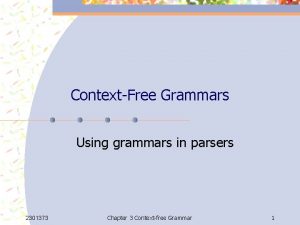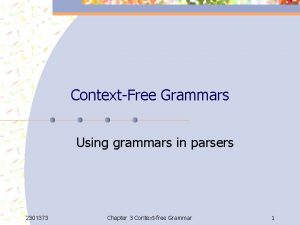Regular Grammars Chapter 7 1 Regular Grammars A
















- Slides: 16

Regular Grammars Chapter 7 1

Regular Grammars A regular grammar G is a quadruple (V, , R, S), where: ● V is the rule alphabet, which contains nonterminals and terminals, ● (the set of terminals) is a subset of V, ● R (the set of rules) is a finite set of rules of the form: X Y, ● S (the start symbol) is a nonterminal. 2

Regular Grammars In a regular grammar, all rules in R must: ● have a left hand side that is a single nonterminal ● have a right hand side that is: ● , or ● a single terminal followed by a single nonterminal. Legal: S a, S , and T a. S Not legal: S a. Sa and a. Sa T 3

Regular Grammar Example L = {w {a, b}* : |w| is even} Regular expression: ((aa) (ab) (ba) (bb))* FSM: 4

Regular Grammar Example L = {w {a, b}* : |w| is even} Regular expression: ((aa) (ab) (ba) (bb))* FSM: Regular grammar: G = (V, , R, S), where V = {S, T, a, b}, = {a, b}, R = { S S a. T S b. T T a. S T b. S } 5

Regular Languages and Regular Grammars Theorem: The class of languages that can be defined with regular grammars is exactly the regular languages. Proof: By two constructions. 6

Regular Languages and Regular Grammars Regular grammar FSM: grammartofsm(G = (V, , R, S)) = 1. Create in M a separate state for each nonterminal in V. 2. Start state is the state corresponding to S. 3. If there any rules in R of the form X w, for some w , create a new state labeled #. 4. For each rule of the form X w Y, add a transition from X to Y labeled w. 5. For each rule of the form X w, add a transition from X to # labeled w. 6. For each rule of the form X , mark state X as accepting. 7. Mark state # as accepting. FSM Regular grammar: Similarly. 7

Example 1 - Even Length Strings S S a. T S b. T T a. S T b. S 8

Example 1 - Even Length Strings S S a. T S b. T T a. S T b. S 9

Strings that End with aaaa L = {w {a, b}* : w ends with the pattern aaaa}. S a. S S b. S S a. B B a. C C a. D D a 10

Strings that End with aaaa L = {w {a, b}* : w ends with the pattern aaaa}. S a. S S b. S S a. B B a. C C a. D D a 11

Example 2 – One Character Missing S S a. B S a. C S b. A S b. C S c. A S c. B A b. A A c. A A B a. B B c. B B C a. C C b. C C 12

Example 2 – One Character Missing S S a. B S a. C S b. A S b. C S c. A S c. B A b. A A c. A A B a. B B c. B B C a. C C b. C C 13

Regular Languages and Regular Grammars FSM Regular grammar: Show by construction that, for every FSM M there exists a regular grammar G such that L(G) = L(M). 1. Make M deterministic M’ = (K, , , s, A). Construct G = (V, , R, S) from M’. 2. Create a nonterminal for each state in the M’. V = K . 3. The start state becomes the starting nonterminal. S = s. 4. For each transition (T, a) = U, make a rule of the form T a. U. 5. For each accepting state T, make a rule of the form T . 14

Strings that End with aaaa L = {w {a, b}* : w ends with the pattern aaaa}. 15

Strings that End with aaaa L = {w {a, b}* : w ends with the pattern aaaa}. S a. S S b. S S a. B B a. C C a. D D a 16
 Regular grammar generates regular language
Regular grammar generates regular language Unrestricted grammer
Unrestricted grammer Handling questions in context-free grammars
Handling questions in context-free grammars Eliminating epsilon productions from cfg
Eliminating epsilon productions from cfg Unrestricted grammar example
Unrestricted grammar example Xkcd regular expressions
Xkcd regular expressions Bien mal regular
Bien mal regular Mignonne masculine
Mignonne masculine 5 vital signs
5 vital signs The diagram shows two vectors x and y
The diagram shows two vectors x and y Expressão regular exemplos
Expressão regular exemplos Not polygons
Not polygons Imperial unit
Imperial unit Esquema insulina regular pediatria
Esquema insulina regular pediatria Semi regular tessellation
Semi regular tessellation Ekspresi reguler
Ekspresi reguler Abcdefghi is a regular 9 sided polygon
Abcdefghi is a regular 9 sided polygon



